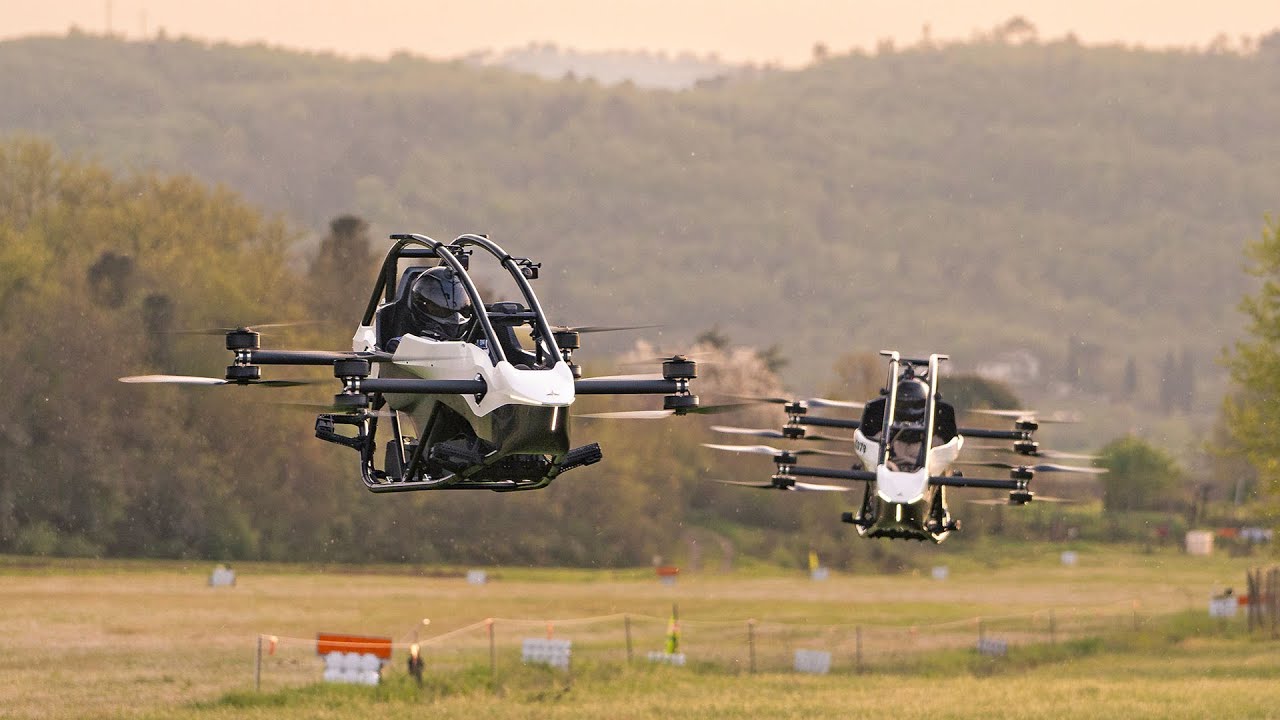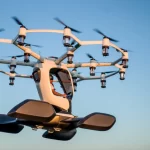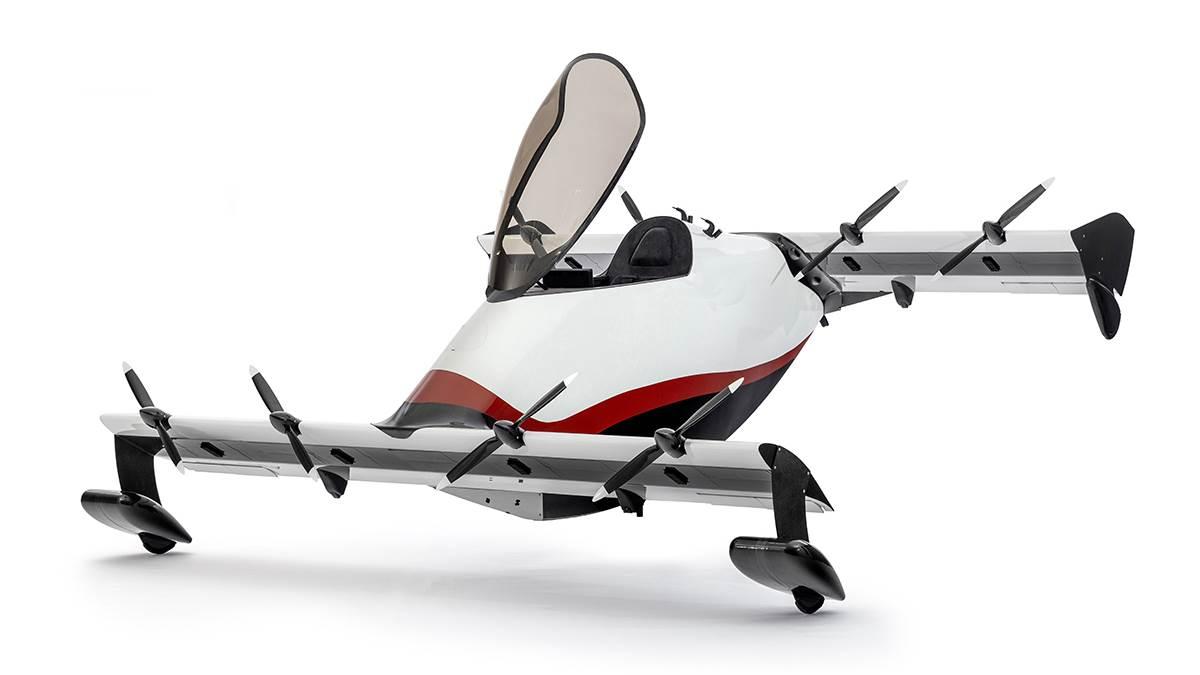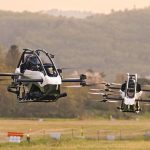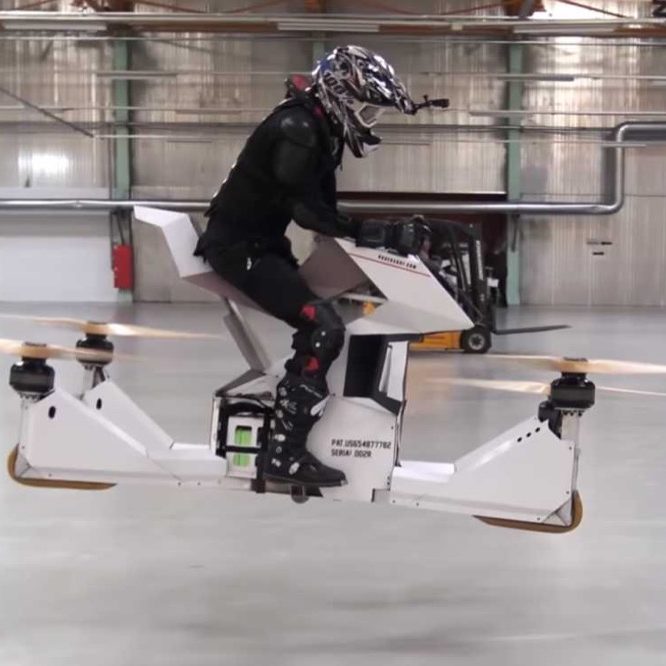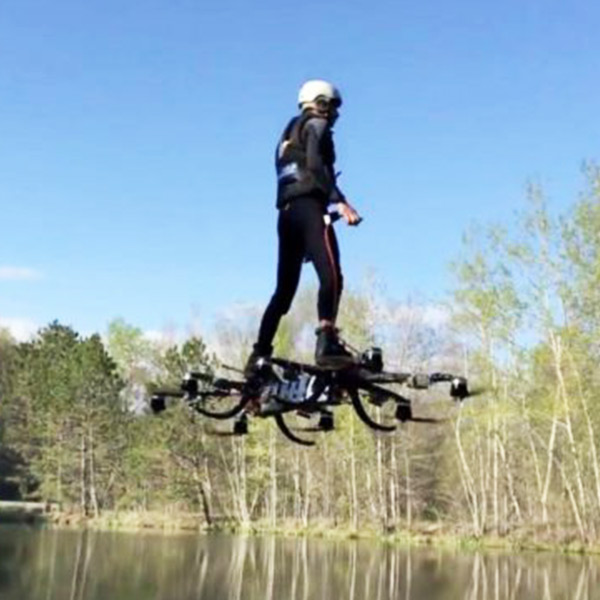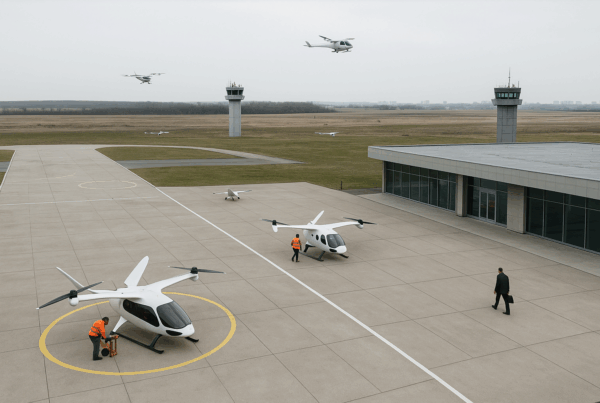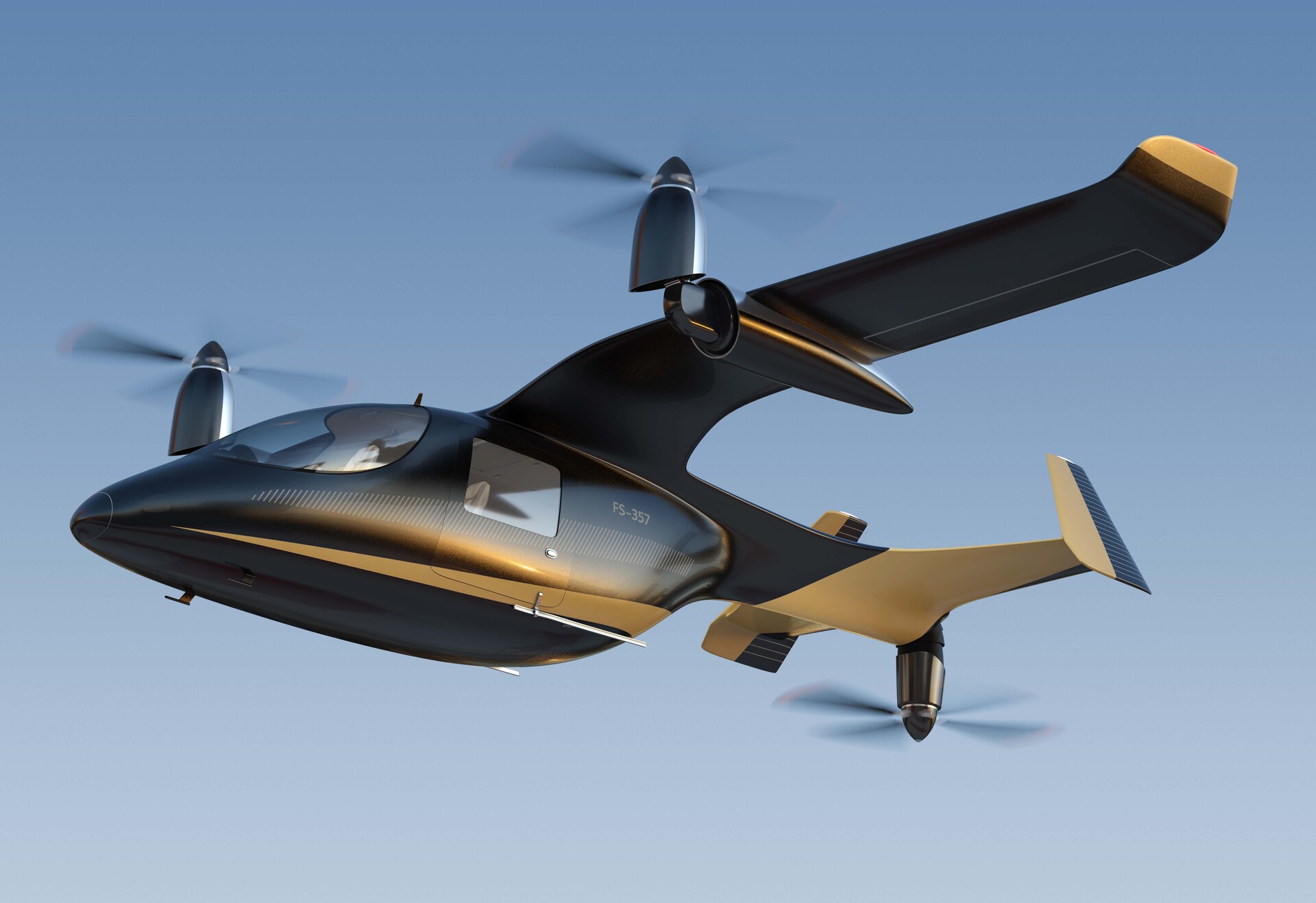What is it?
Personal Air Vehicles (PAVs) are small, typically electric or hybrid-powered aircraft designed for individual or small-group transport. Unlike commercial jets or large eVTOLs, PAVs aim to provide private, on-demand air mobility, either piloted or autonomous, for short- to medium-range flights.
They come in various forms:
- Single-seat jet-powered hoverbikes
- Two-to-four seat electric VTOL aircraft
- Ultralight airframes designed for recreational or urban transport
PAVs are often described as the “flying cars” of the future, intended for personal ownership or shared use.
- Lift
- Pivitol
- Jetson
- Hoverbike
- Omniboard
- Kittyhawk
- Hoverbike concept
How does it work?
PAVs operate using electric propulsion (batteries or hybrid systems), vertical take-off and landing (VTOL) capabilities, and increasingly, fly-by-wire or autonomous control systems.
Key technical elements:
- Distributed electric propulsion for vertical lift and horizontal flight
- Stabilization software to ensure balance and ease of control
- Lightweight composite materials to optimize lift-to-weight ratios
- Charging infrastructure (for electric variants) or onboard fuel cells
PAVs can take off from vertipads, rooftops, or small clearings, reducing the need for conventional runways and helipads.
Why is this important?
PAVs promise to democratize air travel—bringing the freedom and speed of flight to individual users, much like how personal cars revolutionized ground transport.
Key benefits:
- Bypass road congestion and reduce commute times
- Enable on-demand aerial mobility from point to point
- Boost accessibility for rural or remote areas lacking road infrastructure
- Inspire innovation and STEM development in aerospace, autonomy, and energy
- Pave the way for new transportation business models (e.g., subscription flying, personal leasing)
PAVs also serve as important technology incubators for the broader AAM sector, pushing boundaries in lightweight design, battery tech, and autonomy.
What can we expect in 5–10 years?
- Emergence of certified, recreational PAVs for trained private pilots
- Growth of airbike-style ultralight vehicles for short-range, single-person use
- Introduction of semi-autonomous personal aircraft in low-density rural and suburban regions
- Early integration with digital air traffic systems for airspace safety
- Development of “aerial driver’s licenses” or training frameworks for the public
PAVs may remain niche in urban cores due to airspace complexity and infrastructure needs, but adoption in recreational, rural, and high-net-worth markets will increase steadily.
What else should I know about this?
- Safety remains the top concern—any PAV system must meet rigorous certification standards for both airworthiness and operation.
- Noise, privacy, and airspace integration will need to be addressed to gain public and regulatory support.
- Ownership vs. access: Not everyone may own a PAV, but models like sharing networks or flying clubs could broaden usage.
- Affordability is a challenge today, but costs are expected to decline as production scales and battery technology matures.
- Pop culture and public imagination (from The Jetsons to Iron Man) continue to fuel interest and investor excitement.
PAVs are more than science fiction—they’re a glimpse into the personalized mobility revolution that could take flight within our lifetimes. Discuss with NexAvian to explore how to enable PAVs to become a mode of mobility for everyone.

